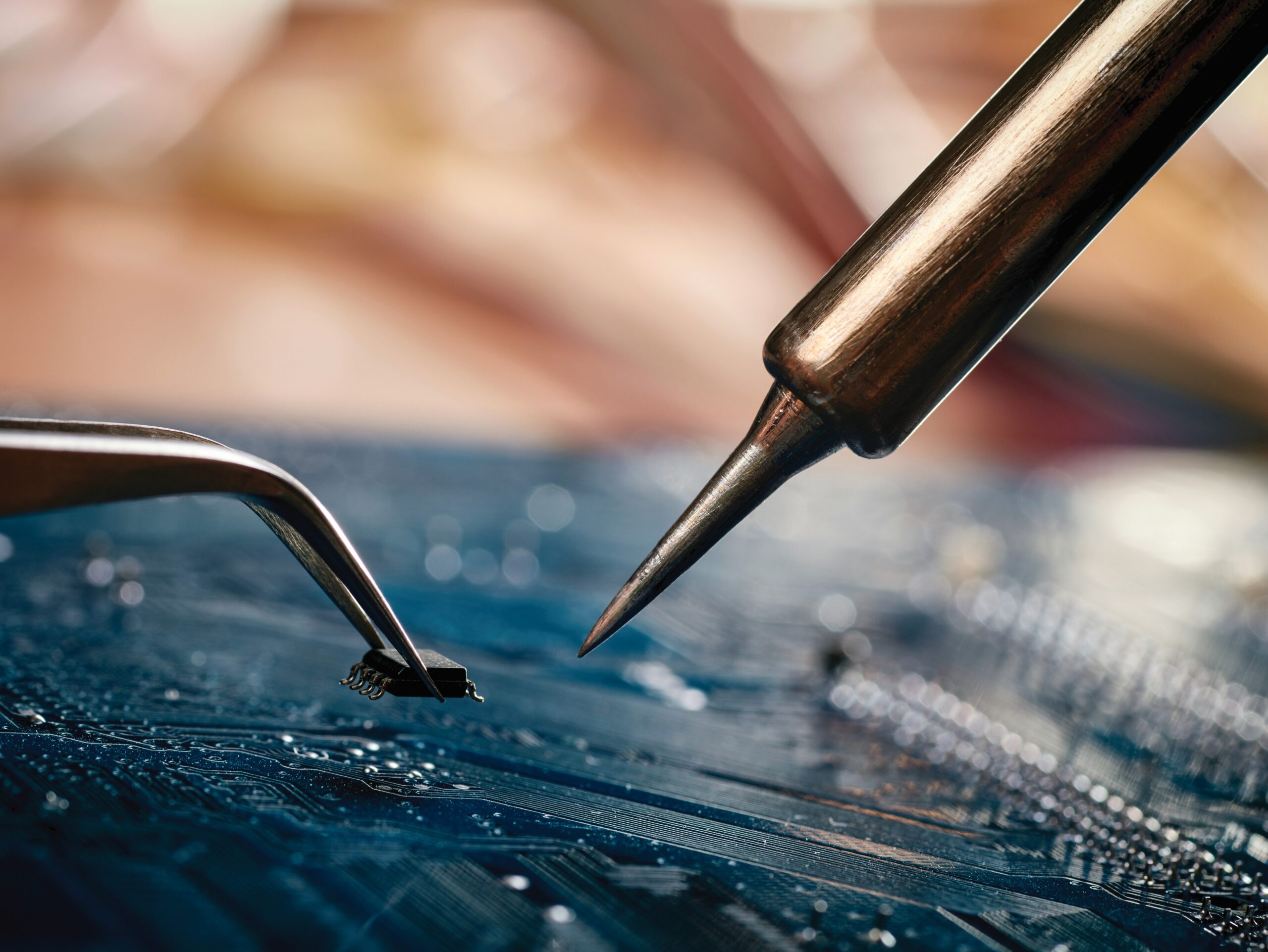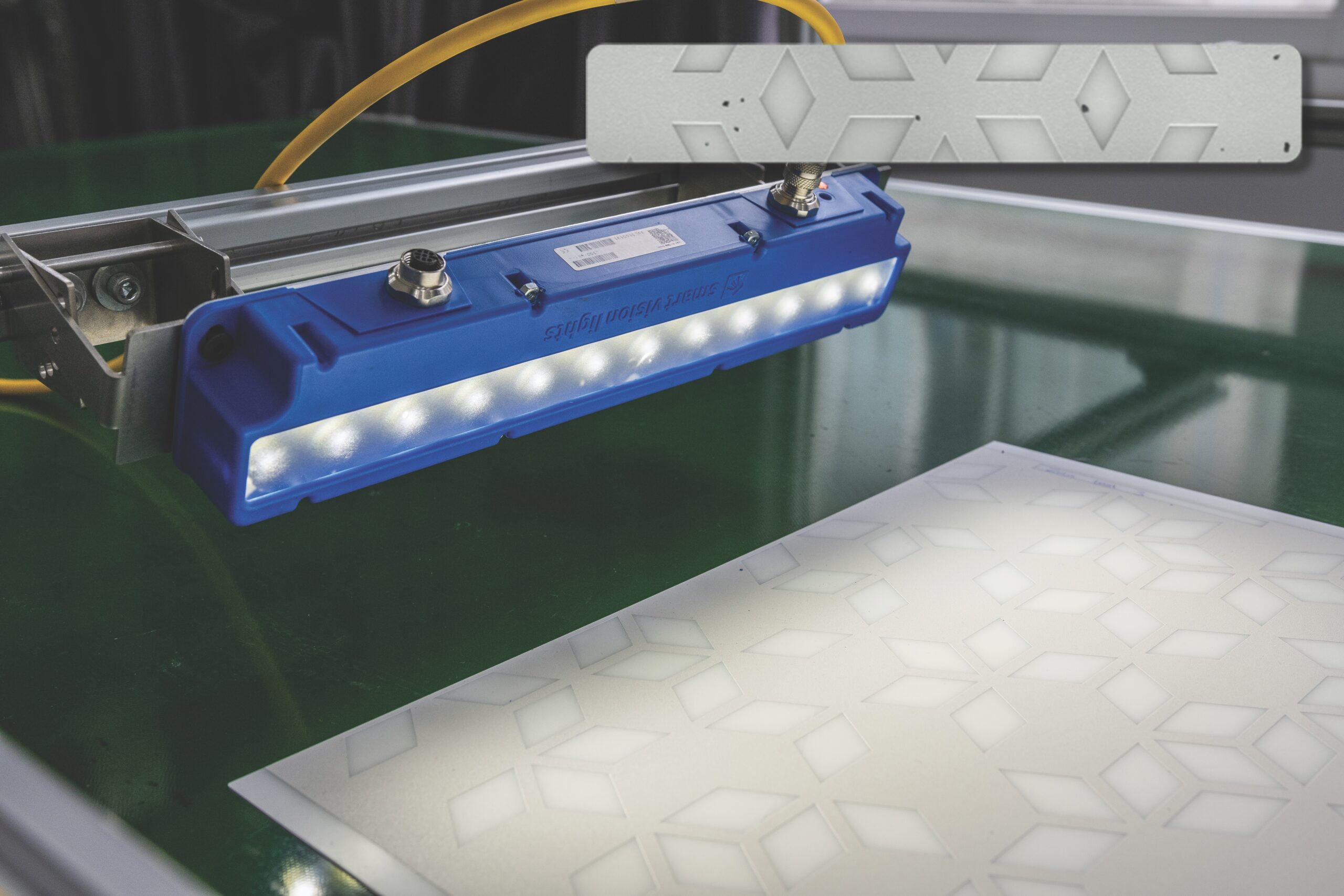The energy efficiency of computation has seen a remarkable trend of exponential improvement over the past 70 years.1
Since the 1960s, this advancement was largely driven by the miniaturization of metal–oxide–semiconductor field-effect transistors (MOSFETs) whose lateral dimensions have reached below 100 nm in the year 2003, marking the beginning of the nanoelectronics era. Since then, further improvements have been enabled by materials innovations (e.g., strain engineering and gate oxides with high relative permittivity εr) and the adoption of new device concepts (FinFET and fully depleted silicon on insulator technology). However, in recent years, the energy efficiency improvements in nanoelectronics have begun to slow down as we are approaching practical as well as fundamental physical limits…
Read the full paper here:
This article is excerpted from “Progress and future prospects of negative capacitance electronics: A materials perspective,” APL Mater. 9, 020902 (2021), https://doi.org/10.1063/5.0032954 (CC BY 4.0)
Cite this article
M. Hoffmann, S. Slesazeck, and T. Mikolajick, “Progress and future prospects of negative capacitance electronics: A materials perspective,” Am. Ceram. Soc. Bull. 2022, 101(3): 24–29.
About the Author(s)
Stefan Slesazeck is a researcher in NaMLab gGmbH at the Dresden University of Technology (TU Dresden). Thomas Mikolajick is a researcher in the Institute of Semiconductors and Microsystems at TU Dresden. Michael Hoffmann was a researcher in NaMLab gGmbH at TU Dresden and is now a postdoctoral scholar at the University of California, Berkeley. Contact Hoffmann at michael.hoffmann190@gmail.com.
Related Articles
Market Insights
Lessons learned from the rollout of 5G technology help guide 6G preparations
While it may seem like the 5G communications and data network has just been rolled out—and is, in fact, still in the process of being deployed—communications providers, governments, and researchers are already preparing for the sixth generation of wireless technology, or 6G. Compared to 5G, which aimed to expand the…
Bulletin Features
The synthetic data revolution: How AI is redefining quality control in ceramics manufacturing
The ceramics industry stands at the brink of a fundamental shift in how quality control is conceived, implemented, and scaled. For decades, the promise of artificial intelligence-powered inspection systems was held back by a persistent obstacle: the scarcity of high-quality data. This bottleneck made it difficult for ceramics manufacturers to…
Market Insights
Global edge AI market
The global market for edge artificial intelligence was valued at $8.7 billion in 2024 and is expected to grow at a compound annual growth rate (CAGR) of 36.9% to reach $56.8 billion by the end of 2030. Edge computing refers to data processing that occurs closer to where the data…





